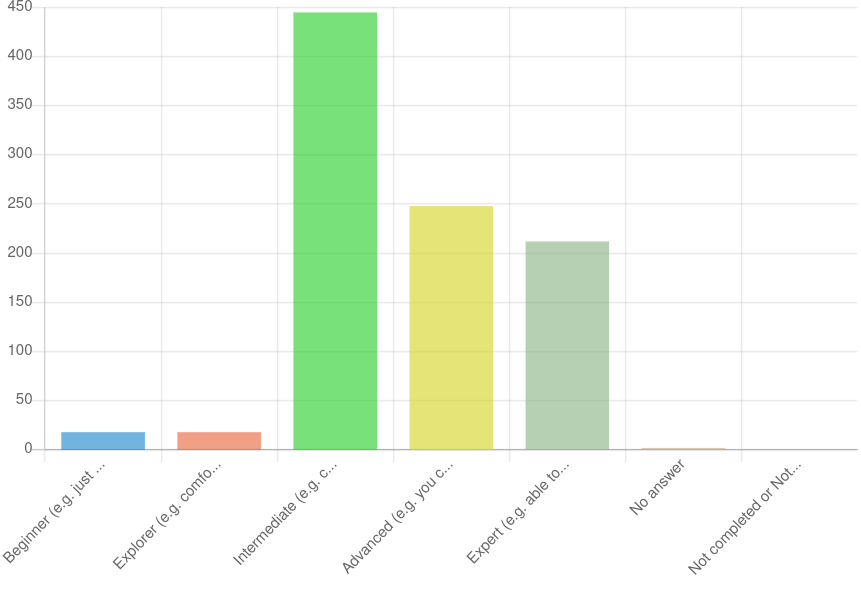Author: Thom Holwerda
Source
Sponsored:
Working in Public: The Making and Maintenance of Open Source Software - Audiobook

Unlock the Digital Creator Code!
I grew up learning to program in the late 1980s / early 1990s. Back then, I did not fully comprehend what I was doing and why the tools I used were impressive given the constraints of the hardware we had. Having gained more knowledge throughout the years, it is now really fun to pick up DOSBox to re-experience those programs and compare them with our current state of affairs. This time around, I want to look at the pure text-based IDEs that we had in that era before Windows eclipsed the PC industry. I want to do this because those IDEs had little to envy from the IDEs of today—yet it feels as if we went through a dark era where we lost most of those features for years and they are only resurfacing now. If anything, stay for a nostalgic ride back in time and a little rant on “bloat”. But, more importantly, read on to gain perspective on what existed before so that you can evaluate future feature launches more critically. ↫ Julio Merino Fast forward to today, and the most popular text editor among programmers is a website running in Chrome in a window. No wonder most popular applications are Electron trashfires now. Times sure have changed.


